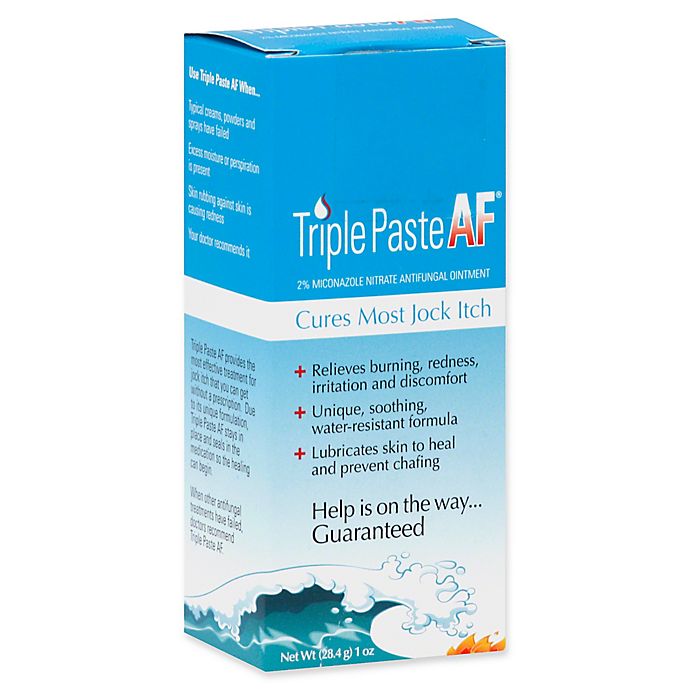



Hence, for these reasons, endodontic regeneration involving revascularization has gained popularity over years. The only limitation of this method is fracture of radicular portion, as Ca(OH) 2 is found to significantly reduce dentin flexure strength, microhardness, and root resistance to fracture owing to its failure to deposit dentin at the radicular dentin wall. By the process of apexification, an environment is created that helps in placement of root canal obturating material well within the root canal space. Among these Ca(OH)2 is the most common and extensively used medicament, that aid in formation of hard tissue barrier at open root apex. Numerous intracanal medicaments are widely used in the process of apexification of immature root. However, revascularization allows replacement of damaged pulp with a noninfected living tissue to initiate physiologic root maturation by increasing the root thickness and length and allowing apex closure. Although conventional procedures allow root apex closure by forming hard tissue barrier at root apex, but they do not reinforce already thin and weakened roots as they fail in stimulating root development. To overcome this clinical situation, many clinical strategies have been proposed which include conventional apexification using calcium hydroxide (Ca(OH) 2), apical plug formation using mineral trioxide aggregate, or more recently introduced regenerative endodontic procedure involving revascularization. Further, the obturation of such root canals having immature root and open apex without extending the obturating material into the periapical tissue is itself clinically challenging, as large apical opening does not provide any mechanical stop. The reason for the limited treatment via mechanical debridement is the presence of thin dentinal root canal walls, as mechanical cleaning with endodontic instruments further weakens the already thin root canal walls, leaving the root weakened and more prone to fracture.ĭue to difficulty in instrumentation, the use of irrigating solutions and intracanal medicaments can be the only reliable method for disinfection. Unlike mature and fully developed permanent tooth, it is well established through previous available literatures that endodontic management of an infected, necrotic immature permanent tooth with incomplete root formation poses a great challenge during treatment due to the presence of thin fragile roots and blunderbuss root canals. Root canal therapy provides an opportunity to maintain an endodontically compromised tooth due to infection or trauma in proper form and function in oral cavity.


 0 kommentar(er)
0 kommentar(er)
